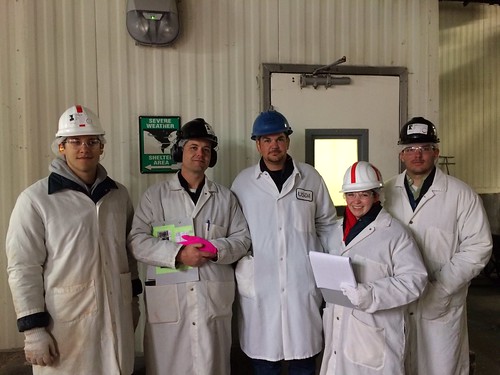
About once every five years since 1991, the National Beef Quality Audit (NBQA) brings together producers, consumers, academia, and government in a collaborative research and data collection exercise that spans the entire U.S. beef industry. Funded by the Cattlemen’s Beef Board (the beef checkoff program), the NBQA assesses the current status of the industry regarding production processes and practices that ultimately affect consumer demand for beef.
The audit uses a multi-phase approach to identify the top challenges the fed-beef (cattle raised for meat production) industry faces. The NBQA first gathers data to measure current quality and consistency of U.S fed-beef, and then quantifies the level to which cattle producers are applying common sense husbandry techniques, specifically the Beef Quality Assurance principles, to safeguard that quality. The results are translated into practical guidance for continued improvement in the production of fed-beef and, in turn, consumers’ acceptance of the end products found in stores.
Right now, USDA’s Agricultural Marketing Service (AMS) supervisors and meat graders are playing an important role in the success of the 2016 NBQA. An essential part of this endeavor are the beef packing plant audits currently scheduled at dozens of plants across the country. These facilities represent over 70 percent of the federally-inspected slaughter volume in the U.S.!
For each audit, AMS Livestock, Poultry, and Seed Program’s Quality Assessment Division supervisors and meat graders identify factors that relate to the quality grade of the carcasses, while student teams from participating universities (Colorado State, West Texas A&M, Texas A&M, University of Nebraska and Oklahoma State) record the data. Ultimately, the quality grade (e.g., USDA Choice) assigned to a beef carcass is a composite evaluation of factors that affect palatability of meat.
On April 15, AMS Supervisor Chad Nelson worked with a team from the University of Nebraska to call grade factors in Schuyler, Neb. AMS has also participated in NBQA activities at several other plants across the country, and additional audits will continue until mid-summer. A full list of participating plants is on the Texas A&M website at http://meat.tamu.edu/research/quality-audit-resources/.
NBQA continues to be an industry success story, leading the broad changes in production and handling practices that support improved meat quality. The 2016 audits will benchmark progress since the last audits, identify areas for continued improvement, and help maintain the industry’s focus on quality, safety, and customer satisfaction in the beef eating experience. AMS is proud to play an integral role.


